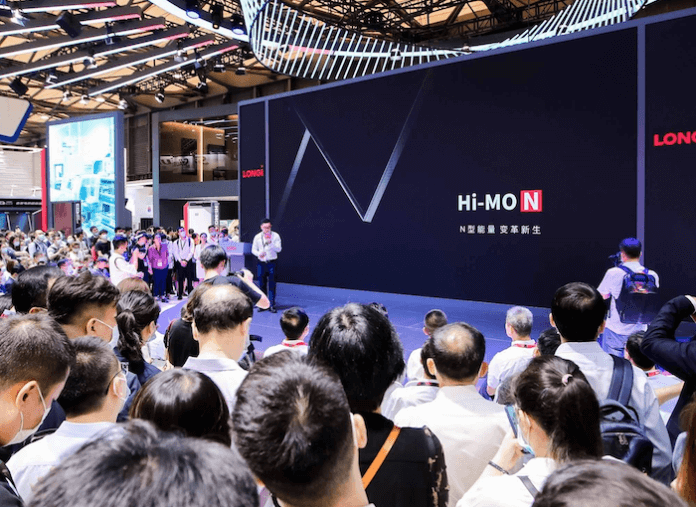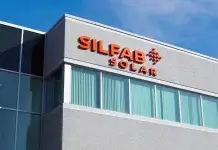LONGi, a Chinese manufacturer of photovoltaics and a developer of solar projects, has unveiled the Hi-MO N – its first bifacial module with N-type TOPCon cells.
Hi-MO N maintains the optimal 182 mm cell and 72-cell module size and adopts LONGi’s proprietary HPC technique based on N-type TOPCon (high-performance cell with hybrid passivated contact). The conversion efficiency is up to 22.3% and power reaches 570 W in mass production.
From its commitment to monocrystalline silicon technology to broad applications of monocrystalline silicon-based PERC technology spanning P-type bifacial technology to M6 and M10 wafer standards, LONGi says it is committed to the maximization of industry value and reduction of LCOE.
With LONGi HPC technique-based N-type TOPCon, the company says its Hi-MO N can achieve higher bifacial gain, better temperature coefficient and low irradiance performance, lower working temperature, and better LID and PID performance. Energy yield is 2-3% higher than that of mainstream P-type bifacial modules.
The initial year degradation is under 1% and linear degradation is under 0.4% (degradation of similar mainstream products is around 2% in its initial year, and linear degradation is approximately 0.45% per year). Calculated on a 30-year lifecycle, the conversion efficiency of Hi-MO N modules will be 2.45% higher than that of other mainstream products in the market, notes the company.
In addition to high energy yield and low light-induced degradation, Hi-MO N also shows its value in reducing BOS costs with its higher module efficiency. The 182 mm-size module can minimize costs associated with racking, cable, inverter and labor. Its high conversion efficiency can enhance installed capacity by over 3.5% in areas of limited space and reduce BOS costs as well as costs of AC equipment and operations and maintenance throughout the life cycle of the power plants.
With the release of Hi-MO N, LONGi’s portfolio now includes the Hi-MO N, Hi-MO 5 and Hi-MO 4 product families. Hi-MO 4 is suited in mountainous regions and areas where handling modules can be difficult. Hi-MO 5 is designed for ultra-large power plants. Hi-MO N is most suited in applications on surfaces with high reflections, high temperature, limited land and high labor costs.




